| Sign In | Join Free | My chinacomputerparts.com |
|
- Home
- Products
- About Us
- Quality Control
- Contact Us
- Get Quotations
| Sign In | Join Free | My chinacomputerparts.com |
|
Brand Name : BRICTEC
Model Number : Project
Certification : CE, ISO
Place of Origin : China
MOQ : 1 set
Price : 3000000-5000000 US$
Payment Terms : L/C, T/T
Delivery Time : 60
Iraq Najmadin 750TPD Brick Plant Project:
From June 23 to 25, 2023, Mr. Lan Xingming, General Manager of Xi'an Ruitai Building Materials Technology Co., Ltd., visited the project site of the Iraq Najmadin 750TPD Brick Plant.
Project Location:
Near Chamchamal, Sulaymaniyah Province, Iraq, close to the highway between Chamchamal and Sulaimani cities.
Project Overview:
The Najmadin company's brick plant has a daily production capacity of 750 tons.
Main Product Specifications:
400×200×200mm (primary product)
200×400×400mm (secondary product)
Additional Products:
200×200mm hollow bricks (producible with existing factory equipment)
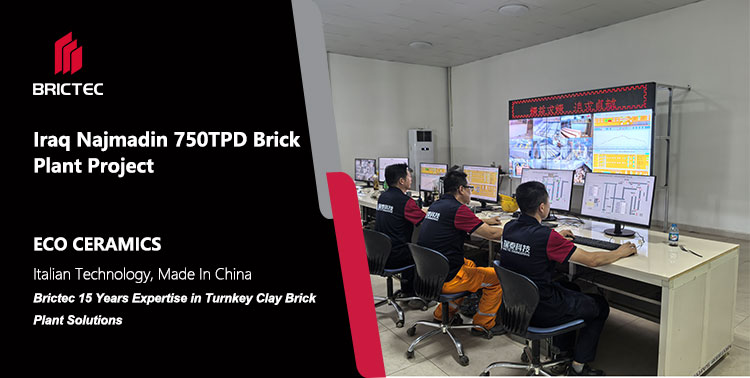
The Importance of Process Design in the Early Stage of Clay Brick Project Planning
1. Process Design Perspective
Process design serves as the project's "blueprint," determining the overall layout and equipment selection. Key considerations include:
Raw material properties (plasticity index, mineral composition)
Product specifications (solid bricks, perforated bricks, etc.)
Capacity coordination (avoiding over/under-capacity issues)
Energy efficiency (integrated thermal system design)
2. Raw Material Processing
Raw material processing directly affects brick quality and equipment longevity:
Crushing size control: Double toothed roll crusher output ≤3mm (oversize reduces plasticity, fines increase energy use)
Aging & homogenization: ≥72 hours aging ensures moisture uniformity and forming stability
Impurity removal: Magnetic separators + screening for iron and stones
3. Aging & Forming
Aging process: Enclosed aging shed with >80% humidity promotes clay ion exchange
Extrusion forming: Vacuum extruder (vacuum ≥-0.092MPa) improves green body density
Die design: L/D ratio ≥4:1 minimizes spiral marks, chrome-plated lips reduce friction
4. Drying Technology
Drying is the most critical pre-sintering stage:
Multi-stage drying:
Preheating (40-60°C, 70% RH) to prevent cracking
Fast drying (80-120°C) for bound water removal
Airflow design: Vertical airflow to keep temperature difference <5°C in stacks
Waste heat recovery: Reuse tunnel kiln cooling zone heat for drying
5. Tunnel Kiln Firing Curve
The firing curve determines brick strength and fuel efficiency:
Preheating zone (200-600°C): Heating rate ≤50°C/hour to prevent explosions
Firing zone (900-1050°C): Hold for 2-4 hours under oxidizing atmosphere
Cooling zone: Slow cooling to <80°C (rapid cooling causes glass-phase cracking)
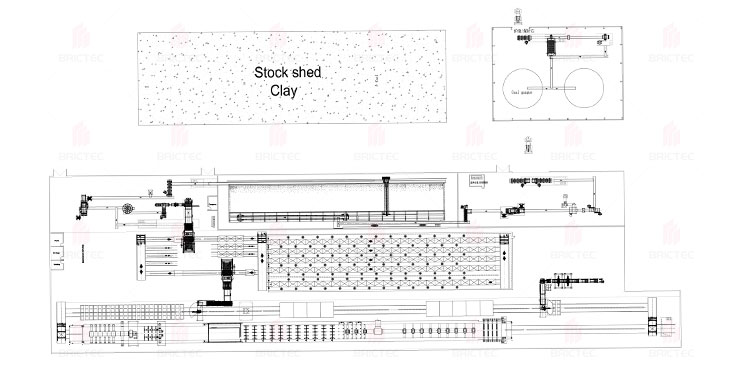
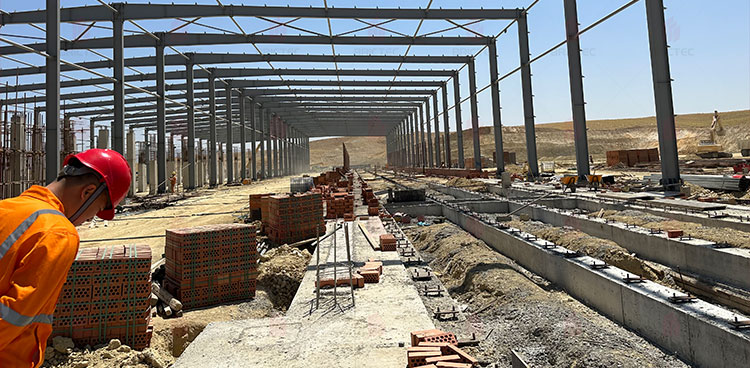
Failure Cases vs. Good Design:
| Issue | Poor Design | Good Design |
| Brick Cracking | Single-stage drying | Multi-stage gradient drying |
| High Fuel Consumption | No kiln waste heat recovery | Integrated drying-firing heat recovery system |
| Low Production Capacity | Mismatched crusher and extruder capacity | Holistic equipment capacity coordination |
| Spiral Mark Defects | Insufficient extruder compression ratio | Optimized die L/D ratio (≥4:1) |
| Material Waste | No homogenization causing material inconsistency | Enclosed aging shed + automated batching system |
Additional Notes:
Consequences of Poor Design:
Increased rework costs
Reduced equipment lifespan
Lower product qualification rate
Benefits of Good Design:
20-30% energy savings
≥15% production increase
40% lower maintenance costs

The Critical Role of Kiln Cars:
Load-Bearing Core:
Kiln cars must continuously carry tons of green bricks under combined mechanical and thermal stress. Poor-quality cars cause:
Frame deformation triggering "kiln jams" (>$10,000/day downtime)
Refractory spalling contaminating bricks (↑15% defect rate)
Sealing Vitality:
Ineffective sand sealing between cars and kiln walls leads to:
Heat loss (8-12% higher energy consumption)
Flue gas crossflow disrupting firing curves
Mobility Foundation:
Wheel systems must feature:
High-temp bearings (>400ºC)
Self-adjusting rail alignment (derailment prevention)
Brictec's Commitment
"We refuse to compromise kiln car quality for cost savings. Every refractory brick laid is a pledge to our client's productivity for the next decade."
- Brictec Process Director
Data Backing: Projects using Brictec kiln cars report <0.5% annual failure rate vs. industry average 3%.

Brictec's Philosophy in Tunnel Kiln Manufacturing
At Brictec, we consider tunnel kilns the "heart" of clay brick production. Every kiln we build embodies our clients' demands for product quality and energy efficiency. We insist on:
Stringent Refractory Standards: Kiln walls use high-load-bearing bricks (>60% Al2O3, refractoriness>1750ºC), while roofs adopt lightweight insulation composites for maximum thermal efficiency.
Millimeter Precision: Kiln straightness tolerance <3mm/10m, eliminating temperature deviation or product color variation caused by deformation.
Dynamic Validation: CFD simulation + physical kiln testing to optimize firing curve stability.
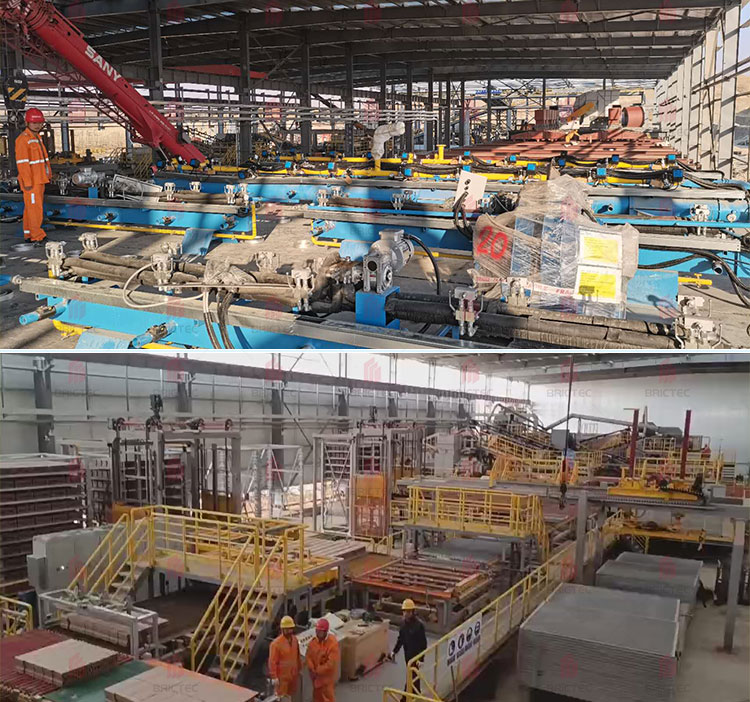
The Critical Role of Tunnel Kilns:
Quality Determinant:
Kiln temperature control directly affects bricks:
±5ºC variation causes>10MPa strength difference
Preheating-firing-cooling balance sets water absorption (optimal 6-10%)
Energy Center:
Consumes>70% of total energy. Brictec solutions achieve:
>65% waste heat recovery (industry avg. 40%)
<90m³ gas/10k standard bricks
Production Hub:
Kiln width and car speed coordination ensures:
Uninterrupted production (>95% capacity utilization)
<15min/car cycle time deviation

"Every refractory brick in our kilns carries a traceable 'ID', documenting material batches and firing parameters, making your high-temperature investment transparent and controllable."
- Brictec Kiln Division
Industry Comparison: Brictec kiln bricks last 8-10 years (industry avg. 5-7) with 40% lower annual maintenance costs.
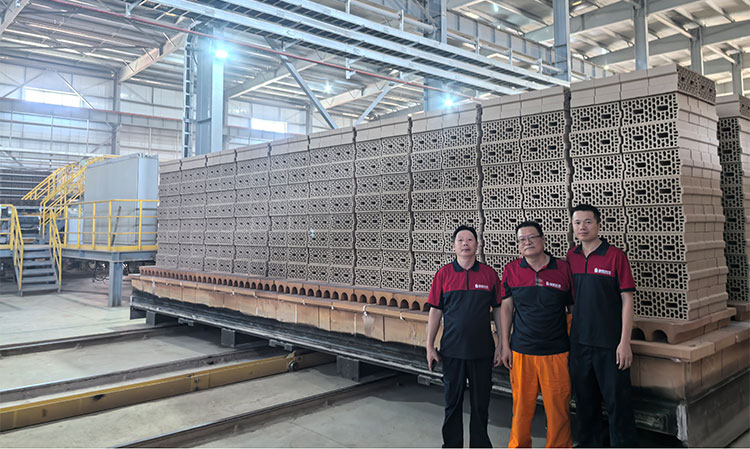
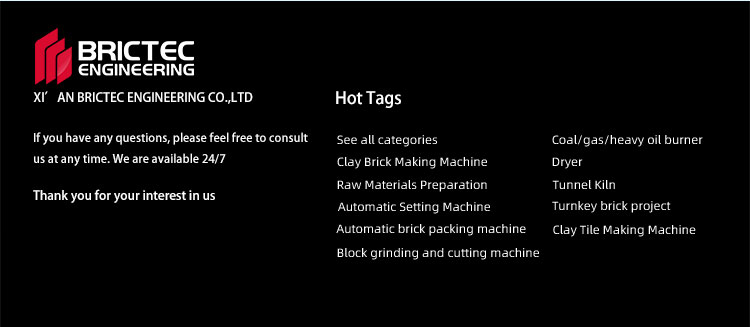
|
|
China-Made Brick Machinery Exported to Iraq - 750TPD Capacity Guaranteed Images |